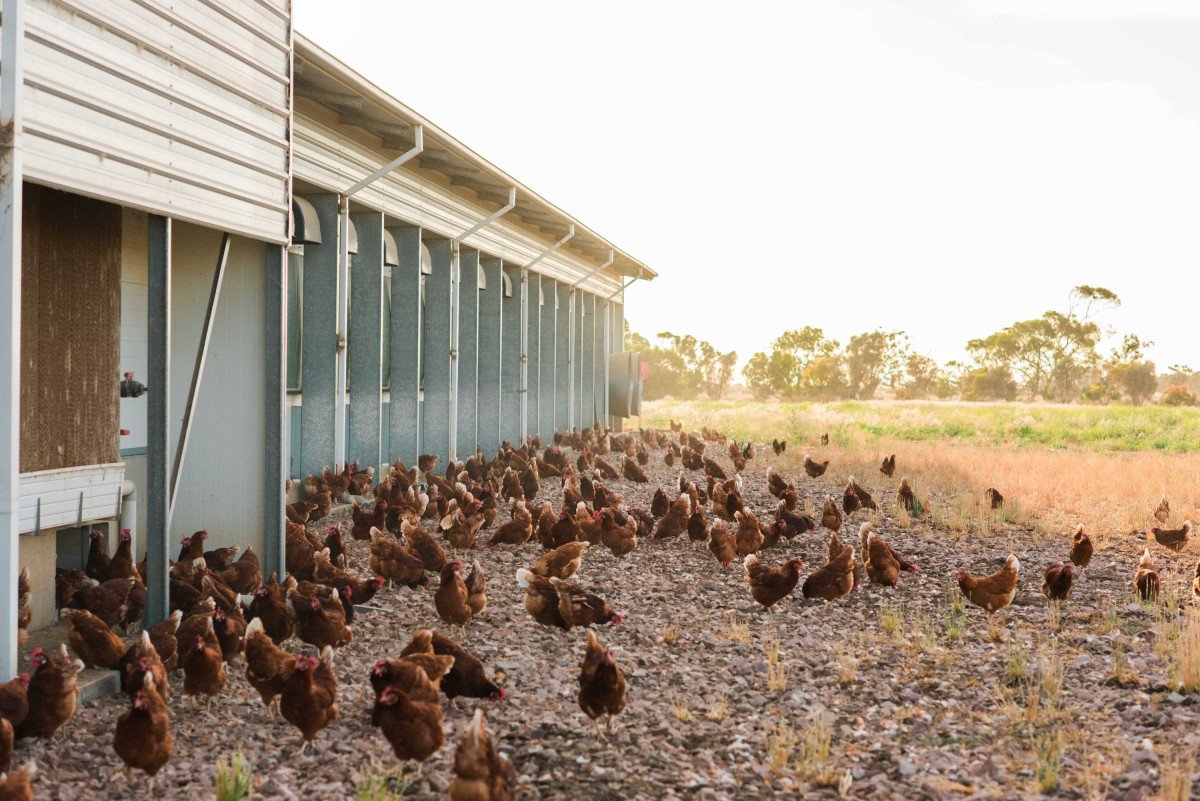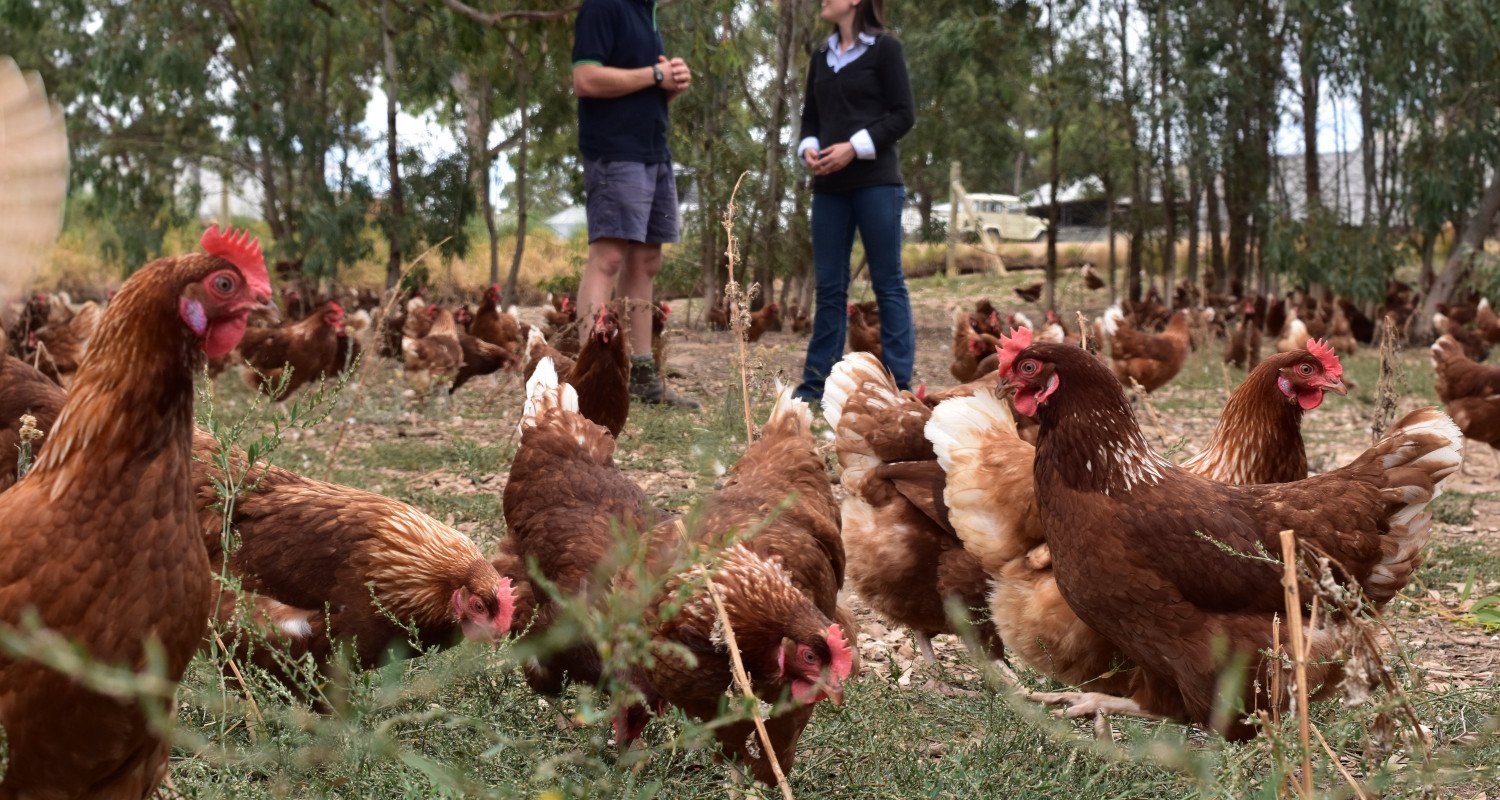
Determining manure deposition in free range sheds and free range areas
- Organisation Integrity Ag & Environment
- Project Summary
- Publication
- Researchers S.J. Clarke and S.G. Wiedemann
- Categories
- Tags
Determining manure deposition in free range sheds and free range areas

This project was conducted to assist free range egg producers with the management of manure nutrients to minimise the risk of environmental impact. The aim of the research was to determine manure nutrient excretion in free range sheds via mass balance and predict manure nutrient excretion in the free range area by difference between excreted nutrients and nutrients deposited in the shed.
Methods
- Research took place at two commercial free range sheds - both populated with over 27,000 layer hens for 69 or 60 weeks, with outdoor stocking densities of 7000-7300 hens per hectare.
- Samples of feed, water, eggs, manure and soil composition were combined with company production data and supplemented with data on carcase composition to quantify nutrient inputs and outputs.
Key findings
- For conservative analytes (phosphorous, potassium, and ash), the mass observed in manure range from values approximately equal to predicted excretion or were lower.
- When all conservative analytes were combined, the most likely excretion rate to the range area was 7.2% - this can be considered a reasonable excretion rate for nutrients from free range sheds that are of a similar size and management system to those assessed in the study. Results however cannot be extrapolated to the whole industry due to potential differences in ranging behaviours by birds in different housing and ranging environments across Australia.
- About 40-50% of predicted nitrogen excretion and over 80% of volatile solids in the predicted excreta were emitted to the atmosphere or deposited in the range area.
- If the rate of deposition of nitrogen in the range area was 7.2%, 33-41% of nitrogen was an emission into the atmosphere, which was expected to primarily occur via ammonia volatilisation.
- Manure results showed unexpectantly high ash and silica concentrations
- Predicted excretion can be estimated from dry matter digestibility (which can be estimated from published or industry data), multiplied by expected feed consumption. This calculation can be used within the industry to estimate deposition of manure in range areas.
- Rates and masses of nutrients excreted in the range area were consistent with literature on hen behaviour and international research on nutrient deposition rates in range areas, supporting the continued use of current industry practices for managing nutrients in range areas.
 >
> 